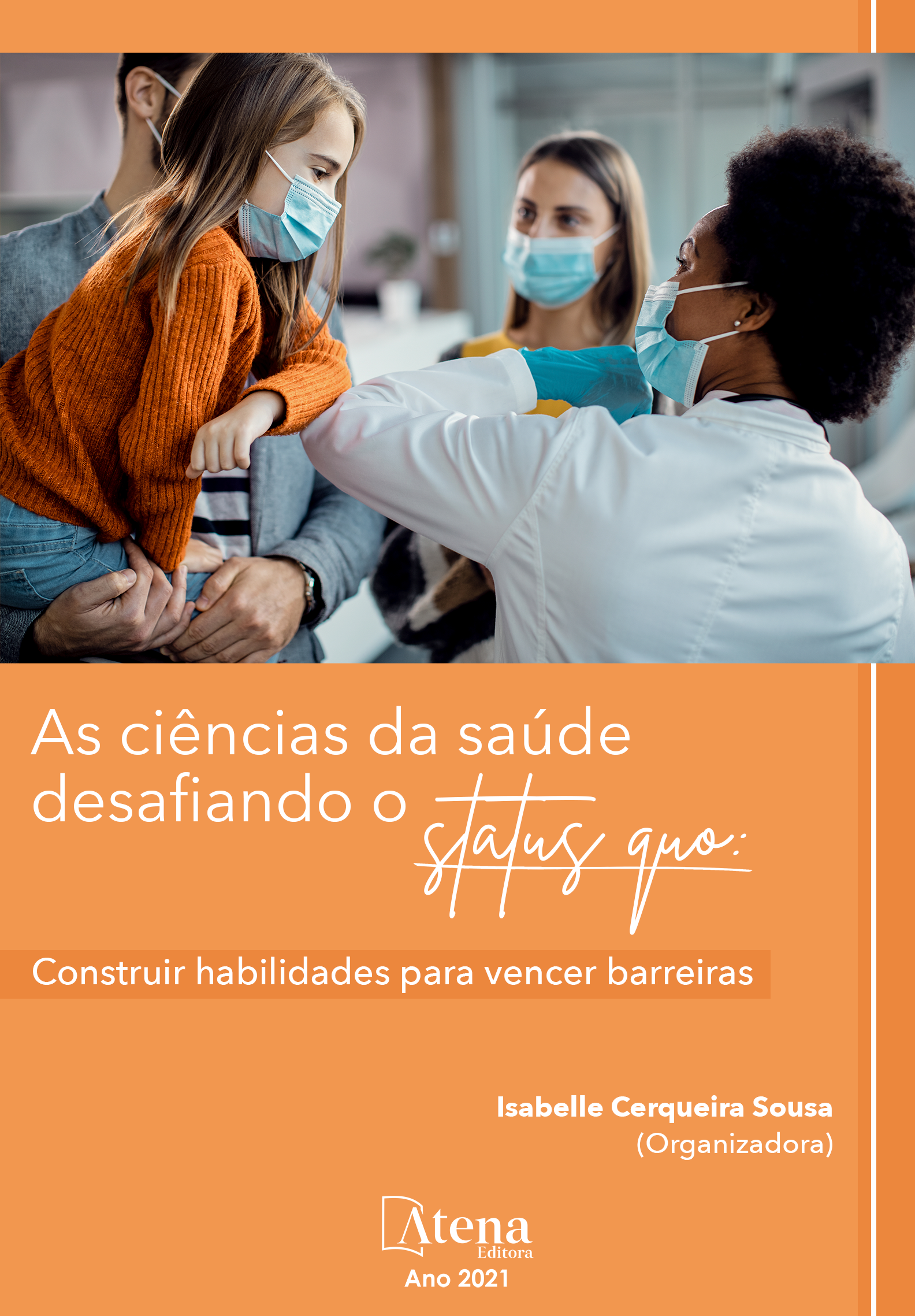
CENTRO DE INTEGRAÇÃO PARA PESSOAS EM VULNERABILIDADE SOCIAL EM CEILÂNDIA- DISTRITO FEDERAL
O presente trabalho tem como tema central um estudo de um Centro de Integração para pessoas em vulnerabilidade social, localizado na quadra QNN 27 área especial D - em Ceilândia-DF. O qual objetiva mostrar as necessidades de habitação e as características de um Centro de integração para pessoas em vulnerabilidade social, visando unificar: o dormitório, o acolhimento, a alimentação, curso de qualificação e o ambiente de lazer. O tema escolhido engloba também incluir os indivíduos, grupos ou famílias no âmbito de fatores socioeconômicos, pensando no aspecto da exclusão social. Com base nos conceitos e na reflexão apresentada, surge o seguinte questionamento: de que maneira a arquitetura pode ajudar a retirar as pessoas da vulnerabilidade social? Em especial, os da Ceilândia? A proposta da pesquisa tem como finalidade mostrar que esse Centro de Integração se torne um aliado do governo e da sociedade e que seja um referencial desse tipo de projeto. Procurar-se compreender os conceitos e significados de um centro de integração, identificar seu publico alvo, bem como realizar estudos e diagnósticos urbanos para viabilizar a realização de um projeto arquitetônico. A criação do planejamento deste equipamento urbano é uma proposta que se justifica com as histórias sociais, a integração, a diversidade e a necessidade de criar um espaço voltado para essas pessoas. O desenvolvimento desta pesquisa ocorre através de pesquisas bibliográficas, de artigos, alguns TFG´S com temas parecidos, busca em sites confiáveis, estudos de casos sendo eles: The bridge homelees assistance Center, Centro Social Comunitário, e o Projeto oficina boracea, e também pesquisa de campo para que desta maneira possamos ter um embasamento maior a cerca do tema. Diante destes fatos vale ressaltar que através do âmbito da construção na arquitetura podemos trazer uma conceituação de moradia e viver bem para as pessoas que estão em vulnerabilidade social.
CENTRO DE INTEGRAÇÃO PARA PESSOAS EM VULNERABILIDADE SOCIAL EM CEILÂNDIA- DISTRITO FEDERAL
-
DOI: 10.22533/at.ed.6342109084
-
Palavras-chave: arquitetura social; trabalho de conclusão de curso; diretrizes projetuais.
-
Keywords: social architecture; completion of course work; design guidelines
-
Abstract:
The present work has as its central theme a study of an Integration Center for people in social vulnerability, located in block QNN 27 special area D - in Ceilândia-DF. Which aims to show the housing needs and the characteristics of an Integration Center for people in social vulnerability, aiming to unify: the dormitory, the reception, the food, the qualification course and the leisure environment. The chosen theme also includes including individuals, groups or families within the scope of socioeconomic factors, considering the aspect of social exclusion. Based on the concepts and reflection presented, the following question arises: how can architecture help to remove people from social vulnerability? In particular, those from Ceilândia? The purpose of the research is to show that this Integration Center becomes an ally of the government and society and that it is a reference for this type of project. To seek to understand the concepts and meanings of an integration center, identify its target audience, as well as conduct studies and urban diagnostics to enable the realization of an architectural project. The creation of the planning of this urban equipment is a proposal that is justified with social histories, integration, diversity and the need to create a space aimed at these people. The development of this research occurs through bibliographic searches, articles, some TFG´S with similar themes, search on reliable websites, case studies being: The bridge homelees assistance Center, Community Social Center, and the Boracea workshop project, and also field research so that in this way we can have a greater basis on the topic. Given these facts, it is worth mentioning that through the scope of construction in architecture we can bring a conceptualization of housing and live well for people who are socially vulnerable.
-
Número de páginas: 16
- Nathálya Louise Macêdo Leal
- Pamela stephanie da silva negreiros


